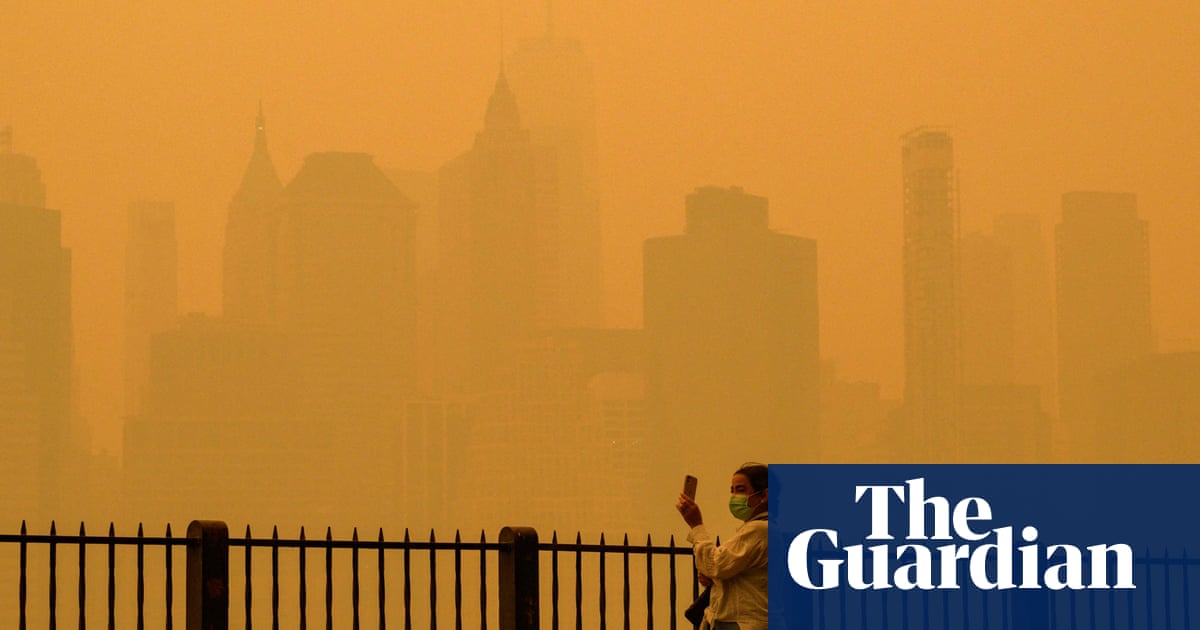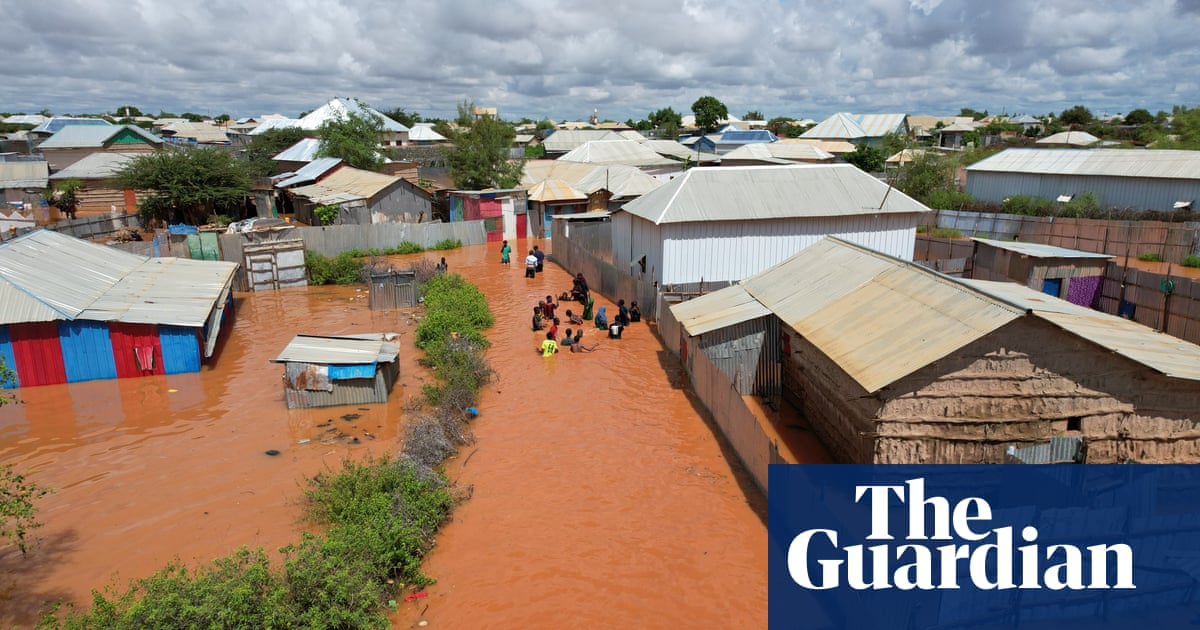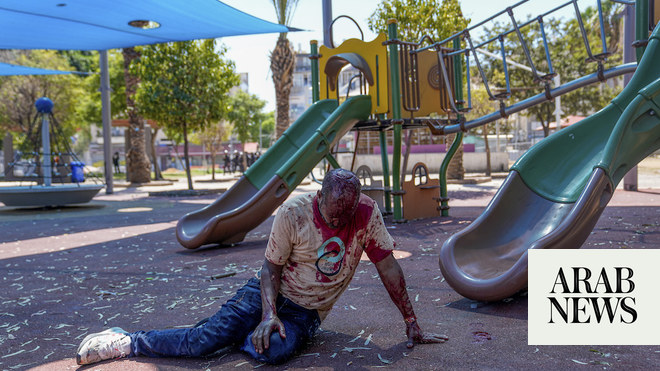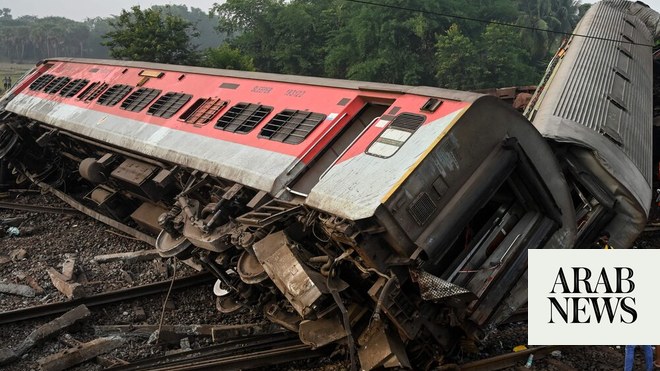
At least 10 people went missing when their boat capsized after the Shabelle river burst its banks
More than 250,000 people across Somalia were displaced by the recent severe flooding
MOGADISHU, Somalia: Ahmed Sabrie woke up to find his house half-submerged in fast-rising flood waters.
Frightened and confused, he herded his sleepy family members onto the roof of their home in central Somalia as scores of thousands of people in the town, Beledweyne, scrambled for their lives. Clinging to an electric power pylon by the edge of their roof, the family watched as their possessions were washed away.
“I could hear people, perhaps my neighbors, screaming for help but I could only fight for the survival of my family,” the 38-year-old Sabrie, the father of four, recalled.
As one of his children, unfed, wailed the family waited for more than 10 hours before a passing rescue boat spotted them.
Authorities have not yet said how many people died in the Somalia flooding last month, the country’s worst in recent history and the latest reminder that the Horn of Africa nation must prepare for the extremes expected to come with a changing climate.
At least 10 people went missing when their boat capsized after the Shabelle river burst its banks. Local officials have said at least 22 people in all are presumed dead and that toll could rise.
“This is a catastrophic situation,” Mayor Safiyo Sheikh Ali said. President Mohamed Abdullahi Mohamed, who visited the town and waded through submerged areas, called the devastation “beyond our capacity” and pleaded for more help from aid groups.
With no proper emergency response plan for natural disasters, local rescuers used rickety wooden dhows to reach trapped people while helicopters provided by the United Nations plucked people from rooftops. African Union and Somali forces have joined the rescue operations and the Somali government airlifted food.
“Many people are still trapped in their submerged houses and we have no capacity and enough equipment to cover all areas,” said Abdirashakur Ahmed, a local official helping to coordinate rescue operations. Hundreds are thought to still be stuck.
With more heavy rains and flash flooding expected, officials warned thousands of displaced people against returning too quickly to their homes.
More than 250,000 people across Somalia were displaced by the recent severe flooding, according to the Norwegian Refugee Council.
Beledweyne town was the worst affected. Several thousand people were sheltering under trees or in tents.
“Floods have destroyed more than three-quarters of Beledweyne and submerged many surrounding villages,” said Victor Moses, the NRC’s country director.
Aid groups said farms, infrastructure and roads in some areas were destroyed. The destruction of farmland near rivers is expected to contribute to a hunger crisis.
The possibility of further damage from heavy rains in the coming days remains a concern, according to the International Organization for Migration.
Parts of the Lower Juba, Gedo and Bay regions, where IOM has supported displaced populations for years, have been affected. Many displaced people were stranded without food, latrines or shelter.
“In Baidoa, people have moved to high ground where they are in immediate need of support,” said Nasir Arush, the minister for humanitarian and disaster management for South West State.
Survivors like Sabrie now must struggle to rebuild their lives.
“We’re alive, which I am thankful to Allah for, but this flood disaster wreaked havoc on both our livelihoods and households so I see a tough road ahead of us,” he said from a makeshift shelter built on higher ground outside town.












